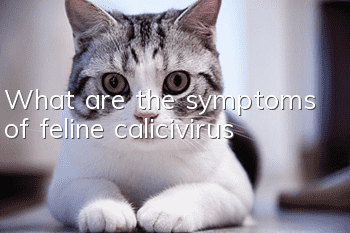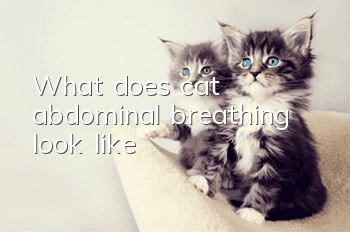What are the symptoms of feline calicivirus?

After a cat is infected with calicivirus, the first series of typical symptoms include: frequent sneezing, fever, oral ulcers, excessive drooling, etc. After a period of onset, symptoms such as anorexia, depression, conjunctivitis, keratitis, corneal ulcers, and pus accumulation in the eyes may occur.
It is accompanied by various complications, such as bronchitis, tracheitis, fatty liver, etc. There are also different strains of calicivirus that can cause symptoms such as arthritis, interstitial pneumonia, turbinate ulcers, and nasal congestion. In addition to the earliest typical symptoms mentioned above, symptoms such as jaundice, skin ulcers, pneumonia, and severe edema may also occur.
The most direct and effective way to prevent feline calicivirus is to vaccinate, because calicivirus is one of the three major categories of diseases that can be prevented by vaccines. Although vaccination cannot completely eliminate calicivirus, nor can it completely suppress symptoms, it can only reduce the severity of symptoms. Even if vaccinated, cats infected with calicivirus are still capable of infecting other cats.
- A piece of cat's skin is hairless and white meat is exposed
- Why do cats often lick their fur? What are the reasons?
- Do pet cats have bacterial infections?
- How to correct a biting cat? Corrective training for biting cats
- Is it normal for cats to bleed from their sterilization wounds?
- What should I do if my cat sheds hair frequently?
- What does it mean when a cat breathes?
- What causes cats to poop and urinate randomly?
- What should I do if my cat keeps peeing everywhere?
- Why does my cat have brown discharge from his eyes?



